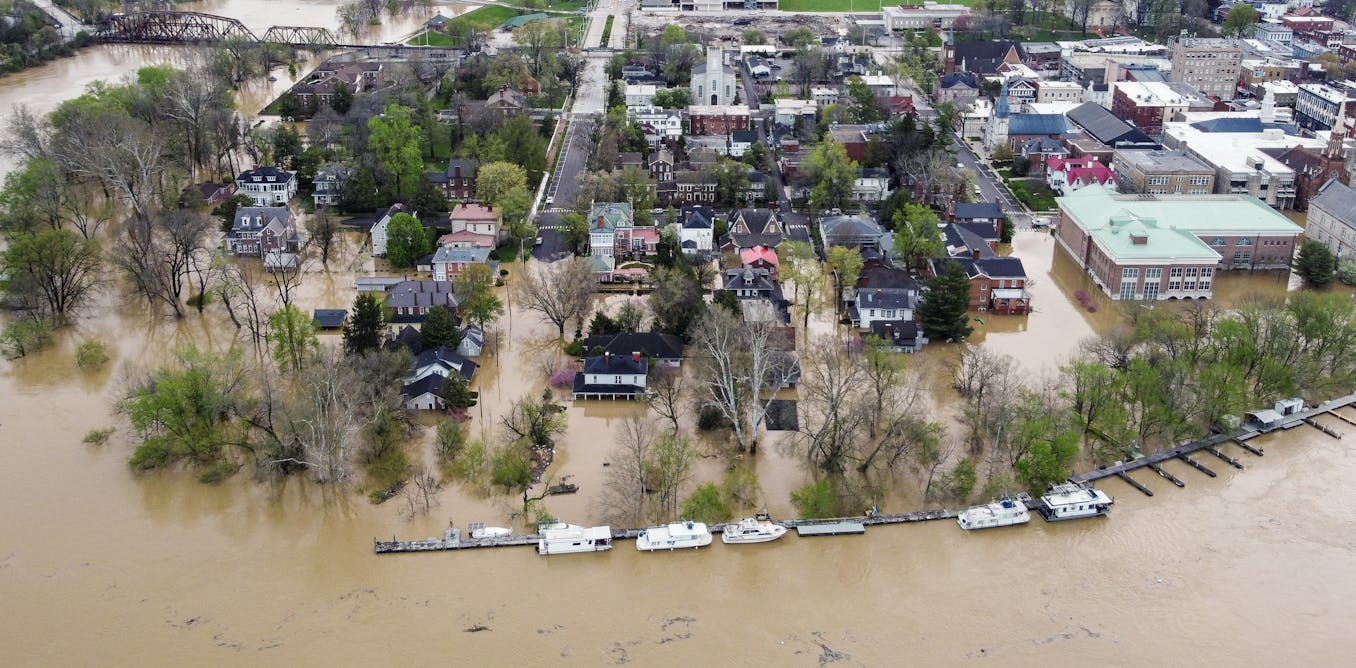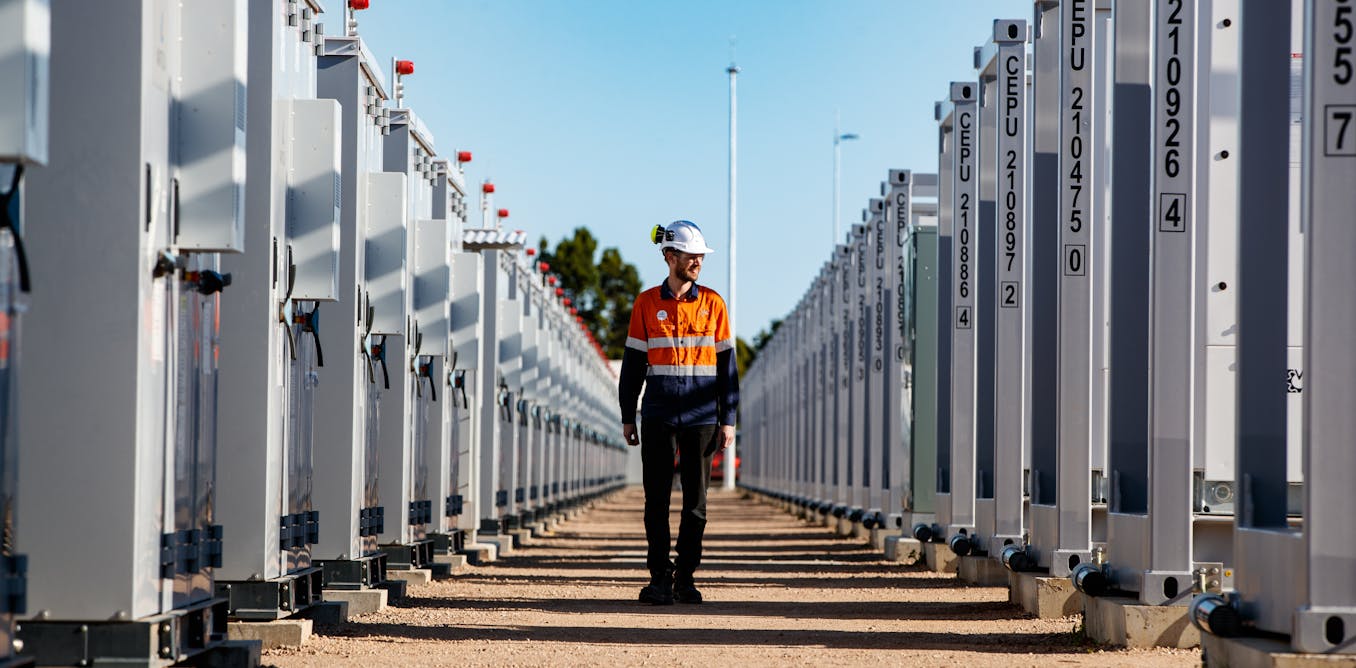U.S. President Donald Trump in May issued a suite of directives aimed at hastening the development of advanced nuclear reactors. The directives, delivered via a set of four executive orders, set ambitious goals, such as having ten new large reactors under construction by 2030, and overhauling the U.S. Nuclear Regulatory Commission (NRC).
One particularly eager provision instructs the U.S. Department of Energy (DOE) to designate, within 90 days, at least one site on DOE-controlled land for the deployment of an advanced nuclear reactor—a nearly impossible deadline that’s coming up August 21.
The orders sparked a flurry of discussion across the nuclear industry and sent stakeholders scrambling. Experts weighed the promise of accelerated nuclear deployments against the potential of losing regulatory integrity. Whether the U.S. government, military, and industry stakeholders can meet the demands of the directives and timelines is unclear.
As someone with deep expertise in nuclear project development and licensing, I’ve chosen to focus this article on the 90-day site selection directive—perhaps the first litmus test to see if the Trump Administration will execute on its challenging deadlines.
The process for selecting a site for a new nuclear plant in the U.S. is an arduous and complex process that blends engineering feasibility, environmental science, safety, emergency planning, economics and public trust, all while complying with regulations and guidance. It’s never been done in 90 days, at least not with regulatory approval.
But there might be one way for the DOE to meet that deadline: rely on sites that are already deeply prepared with existing documentation and few unknowns. There are two locations in the United States that come close to fitting this category: Idaho National Laboratory and Oak Ridge National Laboratory.
How to Pick a Site for an Advanced Nuclear Reactor
To host a commercial nuclear reactor in the United States, a site must first receive a license from the NRC. To get that license, reactor owners typically take a couple of years to prepare the application, 6 to 12 months of which is needed to perform and and document the site selection process. The regulator then reviews the application and performs an environmental impact statement (EIS)—a process that historically took more than two years, but is now required to be completed in 18 months, per new directives.
The first step in selecting a site is to identify the region of interest. Next, unsuitable or problematic parts of that region, such as those that are prone to earthquakes, flooding, or land slides, are eliminated.
Remaining areas of land in the region are then assessed for technical and environmental suitability. For a small modular reactor (SMR), a type of advanced nuclear reactor, an ideal site size is a couple hundred acres (about 80 hectares), while a thousand acres (over 400 hectares) is ideal for a large nuclear plant. Reactors also need a sufficient cooling…
Read full article: DOE’s Advanced Nuclear Reactor Site 90-Day Challenge

The post “DOE’s Advanced Nuclear Reactor Site 90-Day Challenge” by Daniel Stout was published on 08/05/2025 by spectrum.ieee.org




































Leave a Reply